98.1% of customers believe delivery is crucial to brand loyalty: The 5 biggest challenges and innovations in last-mile delivery
In the dynamic environment of e-commerce and global trade, speed is key for most freight companies. 90% of consumers view two to three-day shipping as the standard and on top of that, 30% of them demand same-day delivery. Thanks to this, the notion of “last-mile delivery” has emerged as a vital component of the logistics chain.
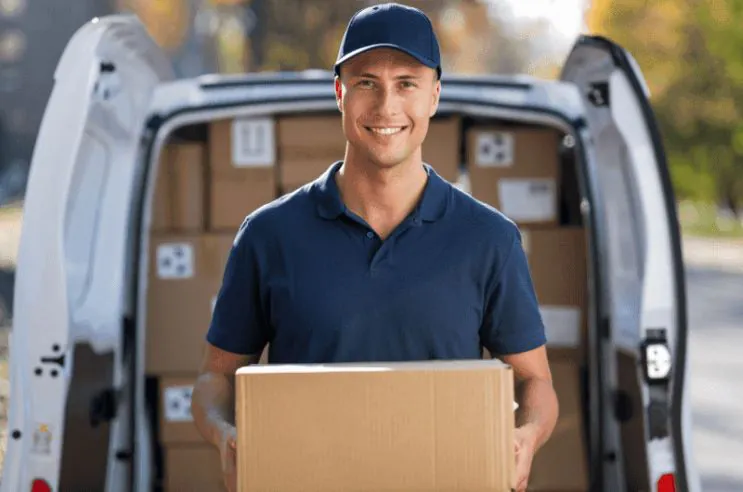
Source: www.canva.com
Understanding the Last-mile Delivery
The last mile is more than just a physical distance; it represents the final stage of the customer experience journey where logistics companies transport a product from the nearest hub or warehouse to the customer. Congestion, unpredictable weather, and the need for increased security are all obstacles that must be overcome to achieve successful last-mile delivery.
The importance of this stage is highlighted by its impact on customer satisfaction, brand reputation, and operational costs. Over 84% of customers are unlikely to buy from a company again after a negative last-mile delivery experience, and 98.1% believe delivery is crucial to brand loyalty (Honeywell.com, Barry J. Ewell, 2021). As e-commerce grows, the last mile has become a battleground for innovation, with businesses testing new strategies and technologies to improve delivery speed and reliability.
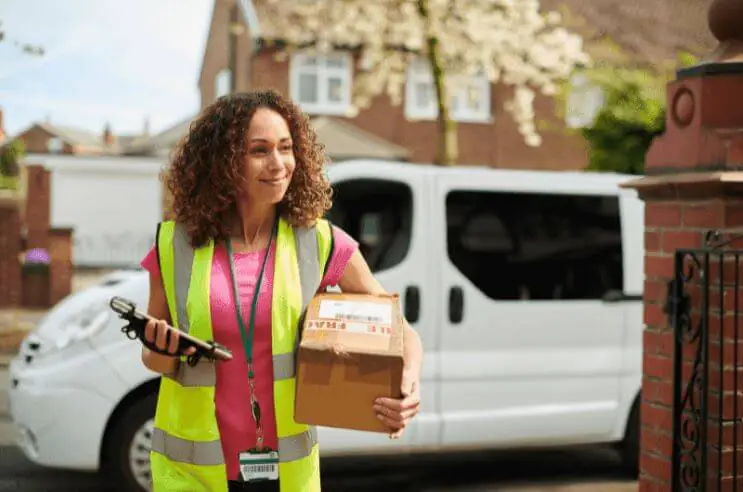
Source: www.canva.com
Last-mile Delivery in practice
The last-mile delivery procedure is straightforward in theory but difficult to implement. Here are the primary 4 steps in the process:
1. The customer places an order
The entire process begins when a consumer makes a purchase, which can be done online or in-store. This order is then communicated to the centralized order system, where it is processed and organized. This optimized process incorporates relevant order data such as the customer’s address, product selection, and delivery preferences.
2. The products arrive at the nearest warehouse or distribution center
Suppliers or manufacturers then ship the ordered products to the warehouse or distribution facility. This is where the items are sorted, organized, and become ready for shipment to their final destinations.
Logistics companies often use load planning software to achieve the maximum capacity of shipping containers from manufacturer to warehouse. One of these programs is EasyCargo, which provides a 10-day free trial.
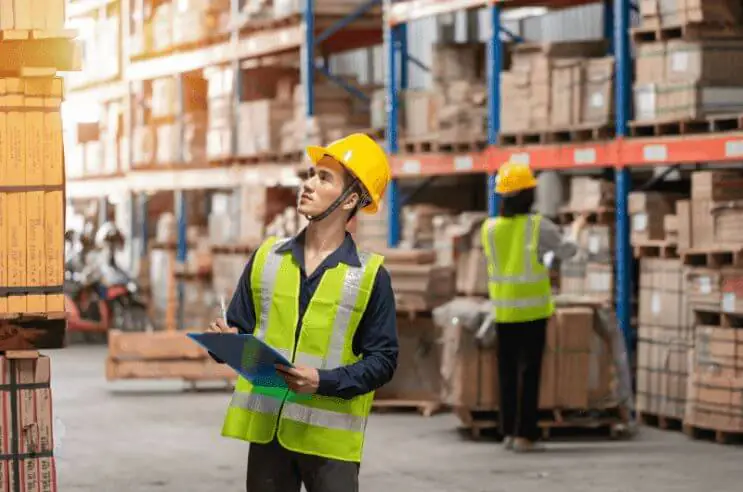
Source: www.canva.com
3. Items are scanned into the delivery trucks
Warehouse workers put the merchandise into delivery trucks before they leave for their destination. Each product is scanned and meticulously accounted for. Thanks to modern technologies, it is possible to do real-time tracking for exact monitoring of the products during their route. This procedure connects easily with other systems, ensuring proper inventory management while reducing the possibility of errors or missed shipments.
Tip: Find out more about how advanced technology is revolutionizing logistics.
Fun Fact: Amazon ships 1.6 million packages daily. This corresponds to about 66 thousand orders each hour, or 18.5 orders per second. Out of the 600 million products listed on the marketplace, only 12 million are sold directly by Amazon. Approximately 230 million Amazon users, or 80% of all users, are from the United States (Landingcube.com, Andrew Buck, 2022; Amzscount.net, Bradley T., 2023).
4. Delivery to your doorstep
Once at the destination location, the professional personnel methodically completes the final steps of the delivery process. Their responsibilities include obtaining evidence of delivery from the consumer, which can take several forms. This may include obtaining an electronic signature, a sophisticated and fast method popular in the digital era. Alternatively, a concrete and traditional way entails getting a physical document as proof of successful delivery completion. In the event of delivery without the customers’ presence, drivers are often asked to take a photo of the package at the front door.
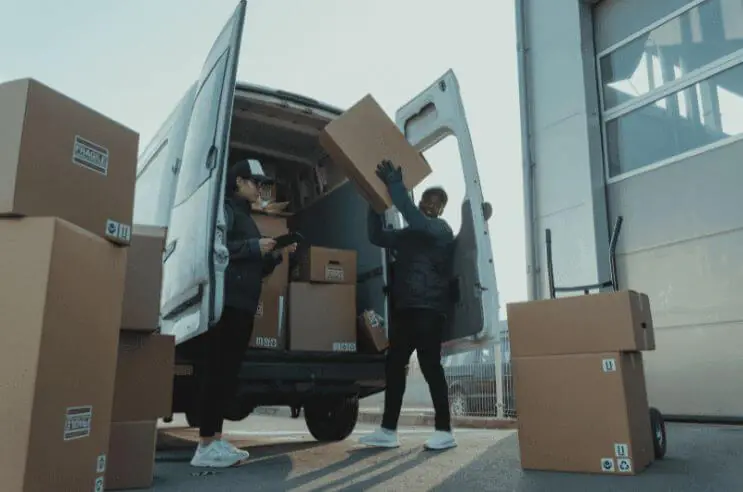
Source: www.canva.com
Last-mile Delivery Challenges
The last mile may be the shortest segment of the supply chain, but it is the most complex and challenging one to manage. 61% of delivery companies say that the last mile is the least efficient part of their supply chain (Globenewswire.com, 2020).
Things have become even more challenging in recent years, given to increasing e-commerce expansion and the pandemic. Both caused a huge increase in the volume of delivery. At the same time, online shoppers who have become accustomed to one-day delivery service are requesting speedier deliveries.
1. Costs of the Last Mile
Last-mile delivery expenses are rarely inflated. This final stage accounts for around 53% of overall shipping costs (Insiderinteligence.com, Alexandra Samet, 2023). In other words, the final mile accounts for approximately half of your shipping expenditures. This is more than you would spend on warehousing.
Multiple delivery routes, packing requirements, labor costs, dispatch wait periods, and small load sizes all impact delivery costs and speeds. Last-mile fees range from $10 to $50 per box, with heavier products costing more (Shopify.com, Michael Keenan, 2023). Customers are less eager to pay a delivery fee now that many merchant websites provide free shipping, and retailers are more likely to accept the additional costs.
2. Traffic Congestion
Urban regions are frequently congested, resulting in delayed supplies and increased operational costs. By 2030, the number of delivery trucks in the world’s top 100 cities is predicted to increase by 36%. This will increase congestion by more than 21%, resulting in an additional 11 minutes of commute time for each passenger per day (World Economic Forum, 2020). Companies are looking into alternative distribution ways to avoid traffic congestion.
In addition to technological advancements, some firms are collaborating with local governments to launch smart city programs. These projects include implementing modern traffic control technology and infrastructure improvements to reduce congestion. Companies hope to improve the overall efficiency of last-mile delivery in metropolitan areas by tackling the fundamental cause of traffic concerns, resulting in a smoother flow of goods to customers.
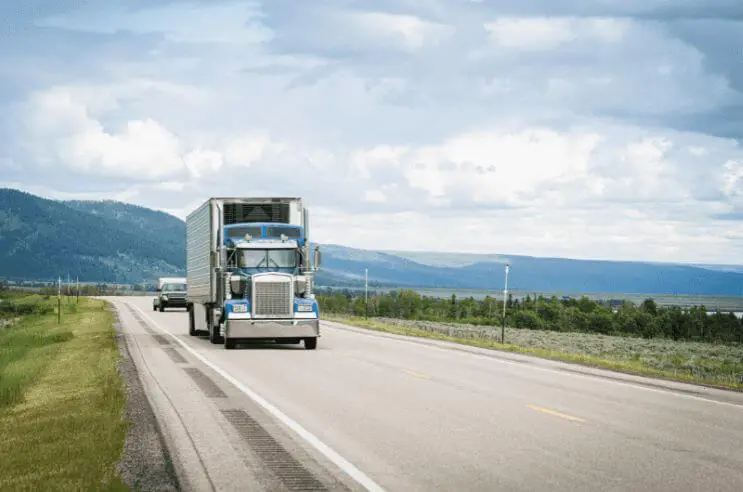
Source: www.canva.com
3. Address accuracy
Inaccurate or partial addresses might result in unsuccessful deliveries and higher return rates. Address verification tools and geocoding technology are being used to improve address correctness and minimize delivery problems. Apart from technology solutions, proactive client interaction tactics are being employed. Companies are contacting customers for address confirmation before dispatch, using communication channels such as SMS or email.
4. Delivery Time Windows
Customer demands for speedier deliveries have created obstacles in meeting certain time frames. Customer surveys have consistently shown that half of the customers place the highest priority on selecting delivery windows for their packages. A delivery window of two hours or less is what 45% of customers expect.
Companies are investing in complex algorithms and machine learning models to forecast and optimize delivery windows using historical data and real-time considerations. For example, Amazon is offering machine learning models to predict the exact time window for other companies, by its Amazon Web Services.
5. Environmental Impact
As the need for last-mile delivery services has increased, so has concern over their environmental impact. Traditional delivery vehicles pollute the air with CO2 and particle pollutants, which are harmful to both climate change and human health. More delivery cars on city roads result in increased traffic congestion, which leads to more idling and therefore more emissions.
By 2030, urban delivery traffic is estimated to emit 32% more carbon than now (hived.space, Rebecca Sundqist, 2022). The transportation sector was responsible for roughly 24% (or 8.88 billion tons) of the world’s CO2 emissions in 2020, according to the International Energy Agency (IEA).
Freight companies are trying to move towards green logistics. Sustainable techniques, such as electric and hybrid delivery trucks, are being adopted to reduce the carbon footprint of last-mile delivery operations. In addition to moving to environmentally friendly deliveries, businesses are investing in eco-packaging solutions. Biodegradable and recyclable packaging materials are becoming increasingly popular, minimizing the environmental impact of packaging waste.
Optimizing and Innovating Last Mile
Let’s look at several approaches to maximize the efficiency of last-mile deliveries and some recent innovations that could transform the business.

Source: www.canva.com
1. Delivery Management Software
The process of supervising and organizing the transportation of products or services from a source to a destination is known as delivery management. Planning, organizing, and managing the different parts of the delivery process is necessary to guarantee efficient transportation.
Without proper planning and optimization, delivery management software can become fairly expensive for freight companies. It represents 10-15% of the entire cost of last-mile delivery.
However, the benefits are enormous. Efficient last-mile delivery technologies, particularly those that use AI, can automatically build ideal routes, dispatch orders to drivers, and allow for seamless rerouting when necessary. This level of efficiency is invaluable for businesses looking to reduce significant delivery-related costs.
The trick is choosing software that minimizes future costs. Choose a subscription approach that enables scalability and enhanced agility without incurring additional costs.
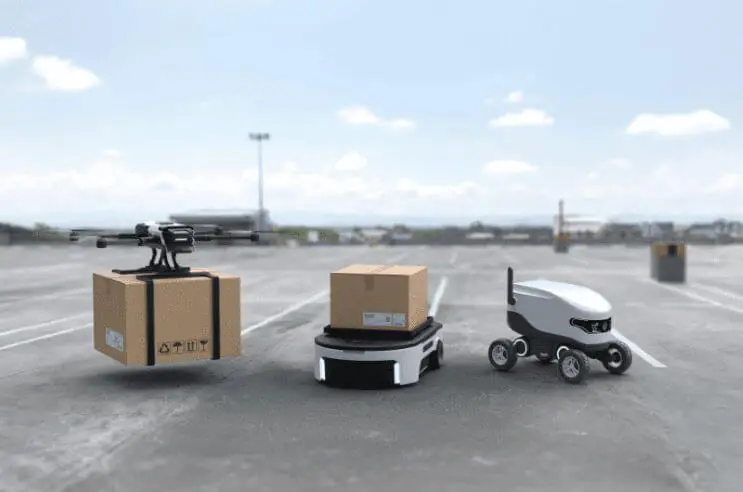
Source: www.canva.com
2. Drone Deliveries
Unmanned aerial vehicles (drones) are being studied for last-mile delivery in specific areas. Drones, with their ability to negotiate crowded urban environments and deliver tiny products quickly, promise a futuristic solution to last-mile difficulties. Regulatory barriers to integrating drones into mainstream delivery systems are being overcome, with the promise of faster and more efficient deliveries.
Tip: Drone delivery is not the only technology trend shaping logistics. Read about 5 other technology trends.
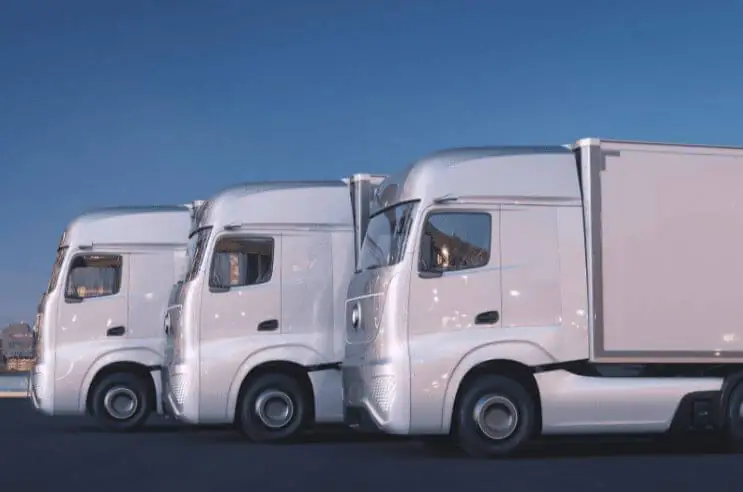
Source: www.canva.com
3. Autonomous Delivery Trucks
Self-driving vehicles are being tested for last-mile deliveries, with the promise of efficiency and lower labor costs. In 2028, the global autonomous last-mile delivery market is expected to be worth USD 67.31 billion. Now it is estimated to be USD 23.24 billion. Which represents a compound annual growth rate of 23.70% (researchandmarkets.com).
Companies are investing in the development of self-driving delivery fleets to transform the final stage of the logistics chain. Advanced sensor technology and machine learning algorithms are being used to address challenges including navigating complex urban areas and ensuring safety standards.
Tip: Automation and technology play an extremely important role in many sectors. Read about how important it is in the logistics industry.
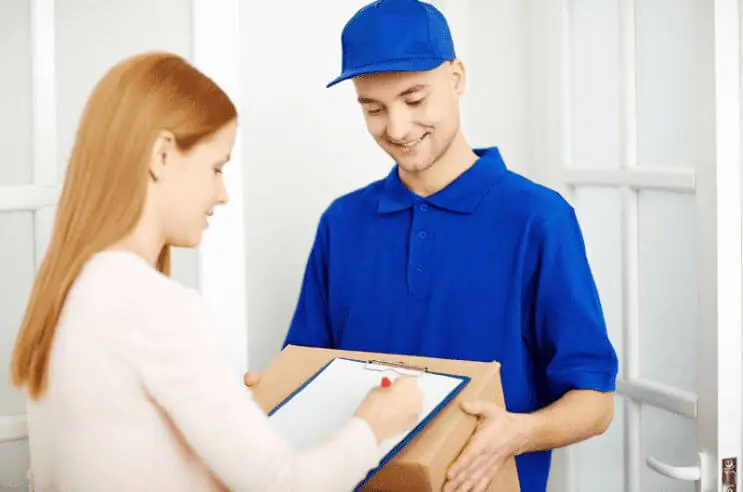
Source: www.canva.com
4. Crowdsourced Delivery
Crowdsourced delivery reduces bottlenecks in last-mile delivery by assigning someone nearby to track both the package’s origin and the customer’s delivery location, which can speed up fulfillment and improve the customer experience. One advantage of crowdsourced distribution is that it is technology-driven and requires fewer resources.
Contract couriers, like ridesharing, make deliveries using their own vehicles, often from the retailer’s store (rather than distribution facilities). They are often compensated per delivery or shift. This strategy relieves businesses of the burden of logistics, making the process more cost-effective and straightforward. Amazon Flex by Amazon uses this model.
Crowdsourced delivery expedites online order deliveries. It targets younger, digitally savvy consumers who want rapid satisfaction. This delivery technique also includes scheduling options to ensure that packages are delivered when someone is home, avoiding the need for multiple delivery attempts.
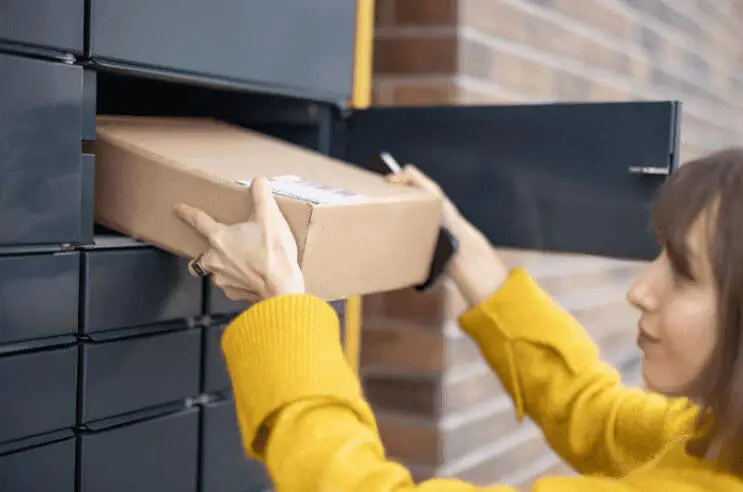
Source: www.canva.com
5. Micro Fulfillment Centers
Micro-fulfillment centers (MFCs) offer a disruptive answer to the issue of last-mile delivery which is optimizing the shipping process. These tiny, automated warehouses are strategically placed throughout cities, allowing for faster and more efficient order processing. By 2025, MFCs have the potential to eliminate 7% to 26% of last-mile emissions (Accenture.com, 2021). MFCs allow retailers and logistics companies to keep merchandise closer to the end consumer, saving transit time and delivery costs.
The automation within these centers, which frequently includes robotics and artificial intelligence, improves the order fulfillment process, resulting in faster and more precise delivery. Micro-fulfillment centers can improve inventory management, allowing businesses to react quickly to swings in demand. This novel approach to last-mile logistics is gaining traction, especially as the demand for same-day and next-day deliveries increases.




